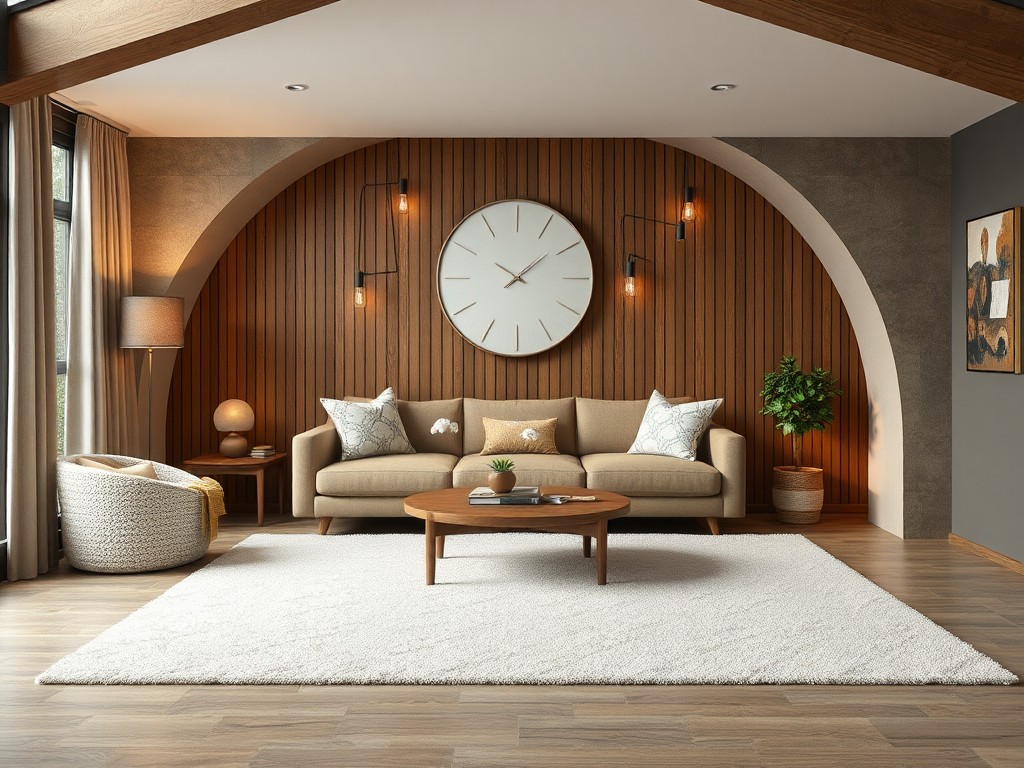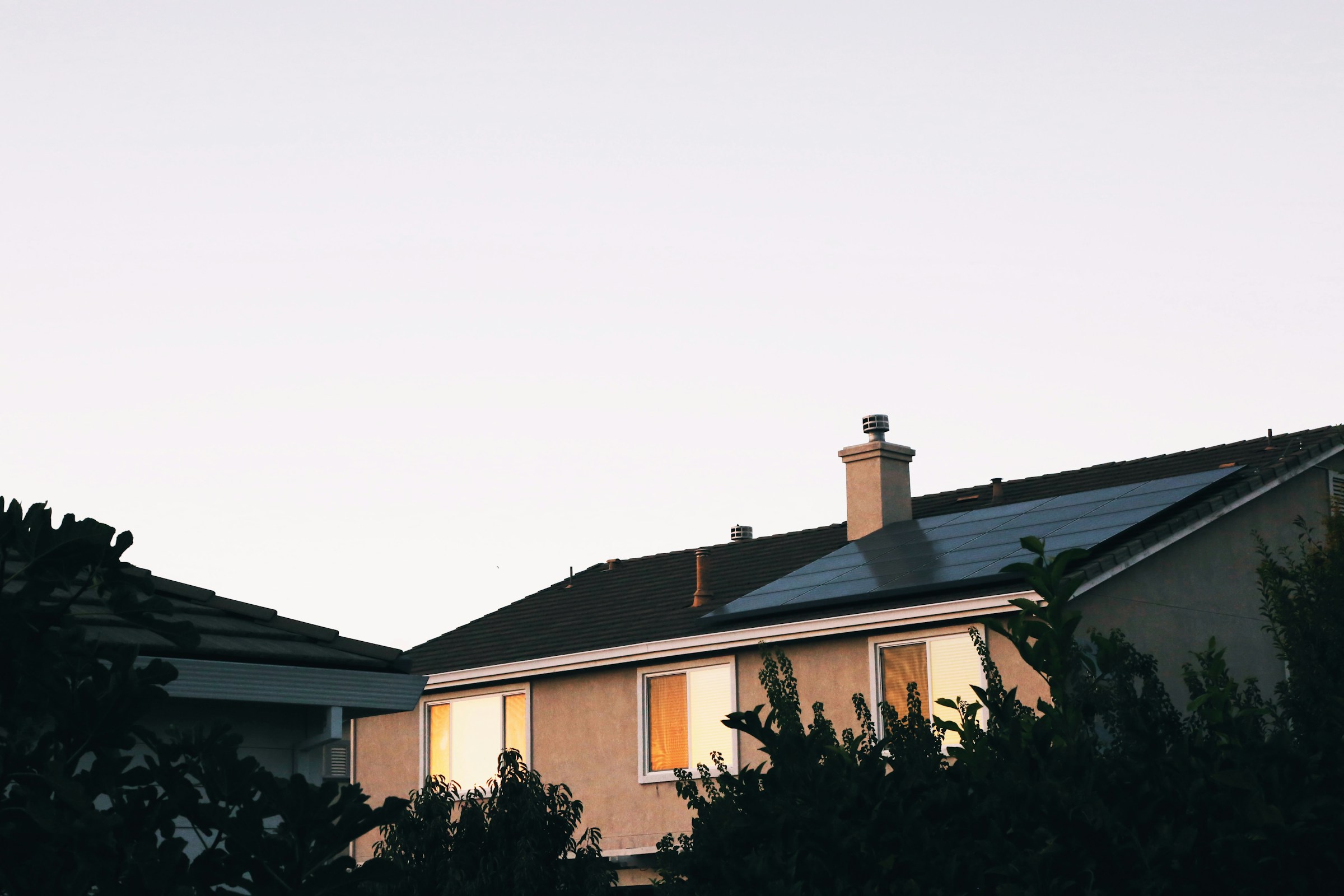As global power diversifies, solar energy has steadily grown as a viable and sustainable energy source. Recently, the focus has shifted towards making solar energy solutions more aesthetically appealing, without compromising their efficiency. One of the ways to achieve this is by incorporating solar panels into the building design. This article takes a deep dive into how you can implement solar roof panel installation on a UK semi-detached house, ensuring the house’s aesthetic remains intact.
Understanding Solar Roof Tiles
Before we delve into the installation process, it’s important to understand what solar roof tiles are and how they differ from traditional solar panels. Solar tiles, also known as photovoltaic shingles, are a type of solar energy solution designed to look and function like conventional roofing materials, while generating electricity.
Dans le meme genre : What is the most efficient water-saving bathroom design for a UK Victorian townhouse?
Solar roof tiles are a great choice for homeowners who prioritize maintaining their home’s aesthetic as much as they do its energy efficiency. They’re also ideal for those living in areas with strict building and planning regulations that might restrict the installation of conventional solar panels.
Your semi-detached house, with its loft conversion, can seamlessly accommodate solar roof tiles without any significant alterations to its design. Plus, the cost of installing solar tiles has drastically reduced over the years, making them a more achievable goal for the common homeowner.
A lire en complément : What are the critical factors in choosing a heat pump for a UK coastal home?
Planning Your Solar Roof Installation
Planning is a critical stage in your solar roof installation process. You’ll need to consider several factors, such as the orientation and slope of your roof, to determine the best design for maximum energy production.
The ideal roof for solar installation faces south, but east- and west-facing roofs can also work. The slope or pitch of your roof should be around 30 to 40 degrees. However, solar panels can be installed on roofs with a pitch between 15 and 50 degrees.
In terms of planning permission, you’ll be glad to hear that most solar panel installations are considered "permitted developments" in the UK. This means you don’t need to apply for planning permission. However, it’s always best to check with your local authority to ensure this is the case, as there can be some exceptions.
Choosing the Best Solar Roof Tiles
When it comes to selecting the best solar roof tiles for your semi-detached house, consider factors such as efficiency, cost, and aesthetic appeal.
High-efficiency tiles will produce more electricity, reducing your dependence on the grid and potentially lowering your energy bills. However, they’re often more expensive than lower-efficiency options. It’s important to strike a balance between cost and efficiency that suits your budget and energy needs.
In terms of aesthetics, look for solar tiles that match the existing roof on your semi-detached house. Solar tile manufacturers offer a range of colours and styles, so you can find something that blends seamlessly with your current roof.
Installation of Solar Roof Tiles
The installation of solar roof tiles is a task best left to professionals. It requires a good understanding of building structures and electrical systems, not to mention the need to comply with various safety standards and building codes.
The installation process begins with the removal of the existing roofing material. Next, the roof is reinforced to accommodate the weight of the solar tiles. The tiles are then installed, wired together, and connected to your home’s electrical system.
It’s worth mentioning here that while solar tiles can be more expensive to install than conventional solar panels, they often result in a more aesthetic and coherent design. Plus, your semi-detached house, with its loft conversion, might be better suited to solar tiles than conventional solar panels.
The Cost of Solar Roof Installation
The cost of installing solar roof tiles on your semi-detached house can vary depending on several factors. These include the size of your roof, the type of solar tiles you choose, and the complexity of the installation.
While solar tiles are often more expensive than traditional panels, they can be a more economical choice in the long run. Not only do they generate electricity, reducing your energy bills, but they also add to the value of your home due to their aesthetic appeal.
In terms of ongoing costs, solar tiles require little to no maintenance and have a lifespan of at least 25 years. This means that once installed, your solar roof will continue to generate free electricity for you for many years to come.
Remember, you’ll also need to take into account any planning permission fees and potential costs for adjusting your loft conversion (if necessary).
In conclusion, installing solar roof tiles on your semi-detached house in the UK is a feasible and beneficial project. It can help you reduce your carbon footprint, save on energy bills, and maintain the aesthetic appeal of your home. Be sure to plan your installation carefully, choose high-quality solar tiles, and hire a qualified professional to ensure a successful and efficient installation.
Solar Roof Installation and the Building Regulations
Before you proceed with the installation of solar roof tiles on your semi-detached house, it is vital to be familiar with the related building regulations in the UK.
As part of the planning stage, it is critical to consult with your local authority to ensure you are in compliance with all the necessary building regulations. The building regulations related to solar panel installation usually involve and not limited to, structural safety, fire safety, conservation of fuel and power, and protection against sound from other parts of the building.
For semi-detached houses with loft conversions, additional checks may be necessary. The load-bearing walls of the loft need to be strong enough to support the weight of the solar tiles. If you have a flat roof, you may need to consider ground mounted solar panels as an alternative.
Additionally, it’s essential to ensure that the work is carried out by certified professionals. The Microgeneration Certification Scheme (MCS) is an industry-led quality assurance scheme that certifies solar panel installers. Hiring an MCS-certified installer is a condition for eligibility for the Smart Export Guarantee (SEG), a government scheme through which you can earn money by selling your excess solar power back to the grid.
Maximising the Benefits of Your Solar Roof
Once your solar roof is installed, there are ways to maximise the benefits and increase your return on investment.
Firstly, consider investing in a solar battery storage system. This allows you to store the excess power your solar roof generates during the day, which can be used during the night or on cloudy days. This will further reduce your dependency on the grid and save you more money on your energy bills.
Secondly, take advantage of the Smart Export Guarantee (SEG) scheme. As mentioned earlier, this scheme allows you to earn money by selling your excess solar power back to the grid. Be sure to check the tariffs with your energy provider to get the best deal.
Lastly, remember the benefits of installing solar roof tiles extend beyond just financial savings. You’re helping to reduce your carbon footprint, promoting renewable energy, and contributing to a more sustainable future.
In conclusion, installing a solar roof on your semi-detached house in the UK is a worthy investment. It’s not only a step towards sustainable living but also a way to save money on energy bills. Additionally, by choosing solar roof tiles, you maintain the aesthetic appeal of your house. However, it’s crucial to ensure you’re complying with the necessary building regulations, choose high-quality solar tiles, and hire certified professionals for the installation. As you embark on this green journey, remember that the benefits are more than just financial – you’re contributing to a sustainable future.














